I am trying to make a calculator in assembly. You introduce two variables and then you choose the operation. Now the operation is only addition. I am working only with BIOS interrupts, no DOS. Can someone explain to me how to make it? I have two problems and I am stuck with them:
- The first problem is when I add 5+6 for example it returns 59(48+11) in ASCII. I think a solution would be to print in decimal but I found nothing on the internet using only BIOS interrupts.
- The second problem is that when I add 49+59 it returns 9, so it adds the first characters only.
Code:
firstVariableKeyboard: ;store in var1 first variable
mov ah,0x0
int 16h ;keyboard interrupt
cmp al,0x0d
je returnEnter
mov ah,0eh ;tty mode
int 10h
mov byte [var1 + bx],al
inc bx
jmp firstVariableKeyboard
secondVariableKeyboard: ;store in var2 second variable
mov ah,0x0
int 16h
cmp al,0x0d
je returnEnter
mov ah,0eh
int 10h
mov byte [var2 + bx],al
inc bx
jmp secondVariableKeyboard
equalMath:
;introduce first variable
mov si,math_description0
call printString
mov bx,0
call firstVariableKeyboard
mov dl,[var1]
;conversion from ascii to decimal
sub dl, '0'
;new line
mov si,newLine
call printString
;introduce second variable
mov si,math_description1
call printString
mov bx,0
call secondVariableKeyboard
mov dh,[var2]
;conversion from ascii to decimal
sub dh, '0'
;new line
mov si,newLine
call printString
;the result
mov si,math_description2
call printString
;adding
add dl, dh
;conversion from decimal to ascii
add dl, '0'
mov byte [result], dl
mov si,result
call printString
;new line
mov si,newLine
call printString
jmp mainLoop
printString:
push ax ; save ax to stack
mov ah, 0x0e ; call tty function
call printChar
pop ax ; take ax out of the stack
ret
printChar:
mov al, [si] ; load symbol
cmp al, 0 ; if si empty then jump
jz ifZero
int 0x10 ; if not print al
inc si ; increment si
jmp printChar ;again untill stack empty
ifZero:
ret
var1: times 64 db 0
var2: times 64 db 0
result: times 64 db 0
- 5+6=11 example

- two char + two char example
